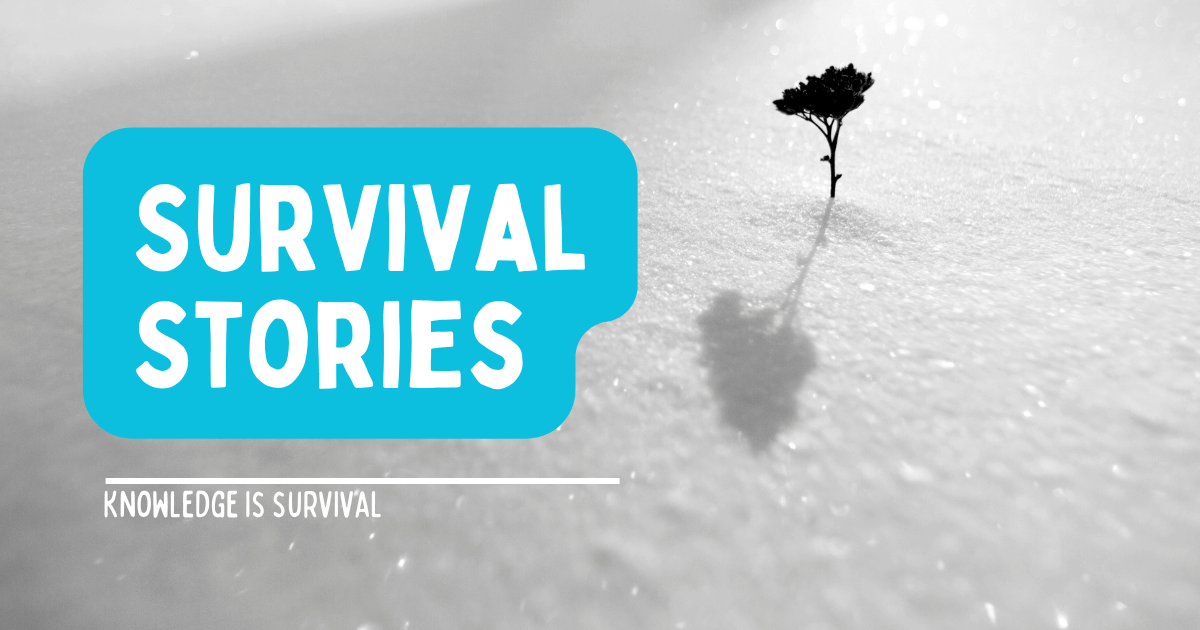Dehydration is a serious condition when the body loses more fluids than it takes in. Various factors, such as excessive sweating, diarrhoea, vomiting, and lack of access to clean drinking water, can cause it. Dehydration can lead to severe health complications and even death if left untreated.
In this article, we will share real-life survival stories of people who have lived through extreme dehydration. These stories highlight the importance of staying hydrated and taking necessary precautions when venturing into remote areas or engaging in physical activities.
Survival Story 1: Aron Ralston
Aron Ralston gained fame after his harrowing experience in Blue John Canyon in Utah, where he was trapped for five days without food or water. In April 2003, while hiking alone, Ralston’s right arm was pinned under a boulder he had dislodged while climbing down a narrow canyon. After several attempts to free himself failed, he realised that his only chance of survival was to amputate his own arm using a dull pocket knife.
Ralston survived by drinking his urine and rationing what little water he had left until rescuers finally found him on the fifth day.
Ralston’s experience was chronicled in his book “Between a Rock and a Hard Place,” later adapted into the 2010 film “127 Hours” starring James Franco as Ralston. The film received critical acclaim and several award nominations, including six Academy Award nominations.
In addition to writing about his experience, Ralston has continued to be an active adventurer and speaker on topics such as wilderness survival and risk management. He also founded the Aron Ralston Empowerment Fund, which supports organisations that promote outdoor recreation safety awareness.
Survival Story 2: Mauro Prosperi
In 1994, Mauro Prosperi participated in an endurance race called Marathon des Sables (Marathon of Sands), held annually in Morocco’s Sahara Desert. During one stage of the race, Prosperi got lost due to a sandstorm and ran out of water after three days.
Prosperi survived by drinking his urine and eating bats before stumbling upon an abandoned mosque where he found some rainwater stored in tanks for washing feet before prayer. He also drank from cacti until he was rescued nine days later by nomads who brought him back to civilisation.
Despite suffering from severe dehydration, sunburn, and weight loss of around 18 kilograms (40 pounds), Prosperi recovered fully and returned to running.
He has since written a book about his experience titled “La Corsa degli Dei” (“The Race of Gods”) and continues to participate in ultra-marathons.
Surviving in the Desert: The Risks and Realities of Drinking Urine for Water
In Mauro Prosperi’s case, he was lucky to have access to some sources of water, such as cacti and occasional rainwater, that helped him survive. Additionally, the human body can survive for several days without water if necessary, but this varies from person to person depending on various factors such as age, health status, activity level etc.
It’s also worth noting that drinking urine can lead to dehydration and other health problems because it contains waste products and toxins that the body has already eliminated. It should only be considered a last-resort survival technique when no other water sources are available.
Urine contains waste products and toxins that the body has already eliminated and needs to eliminate. Drinking urine can lead to dehydration, kidney damage, and other health problems. It is important to find alternative water sources when clean drinking water is unavailable.
Survival Story 3: Douglas Mawson
In 1912, Australian explorer Douglas Mawson led an expedition to Antarctica. During a solo trek, he fell into a crevasse and lost most of his supplies, including food and water. He survived by melting snow in his mouth for hydration and eating his sledge dogs until he was rescued after 30 days.
Mawson’s story is considered one of the greatest survival stories in history. He endured extreme cold temperatures, starvation, dehydration, and injury alone in one of the harshest environments on earth.
Survival Story 4: Louis Zamperini
Louis Zamperini was an Olympic athlete who served as a bombardier during World War II. In May 1943, his plane crashed while on a rescue mission over the Pacific Ocean, leaving him stranded at sea with two other crew members for 47 days without food or water.
Zamperini survived by catching fish with his bare hands and collecting rainwater using makeshift tools made from scrap metal. After drifting more than 2000 miles across the ocean, they were finally picked up by Japanese soldiers who took them prisoner, where Zamperini faced further hardships before being freed at the end of the war.
Closing remarks
These survival stories highlight the importance of staying hydrated, especially when venturing into remote areas or engaging in physical activities. Dehydration can lead to severe health complications and even death if left untreated. It is crucial to take necessary precautions, such as carrying enough water or collecting water from natural sources like rainwater or cacti. These real-life accounts also show that human resilience can overcome seemingly insurmountable odds when faced with life-threatening situations.

